Traditions in Cuba: The Drum is Stronger
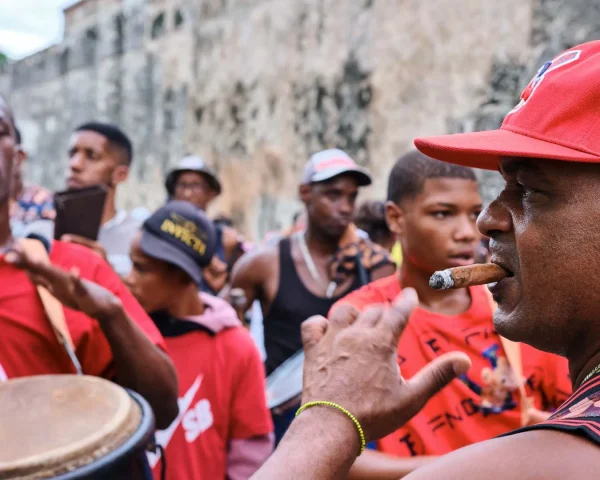
Text and Photos by Nester Nuñez (Joven Cuba)
HAVANA TIMES – The sculptural ensemble at the entrance is shaped like a horseshoe, one of those that believers place behind their doors, associating it with good fortune, prosperity, and protection against evil spirits. There are also snakes and other animals cut out of metal, vaguely referencing Wifredo Lam’s painting “The Jungle.” The crowd gathered, almost all neighbors from the most deteriorated and marginalized part of the Pueblo Nuevo neighborhood, falls silent when a lady feeds corn to some rag dolls hanging from the bars. She then sprinkles them with coconut water, as if purifying them or cleansing them of all guilt. I can’t define the intention or the meaning of the ritual. In any case, this afternoon of June 24th, there will be fire, even though the rain threatens.
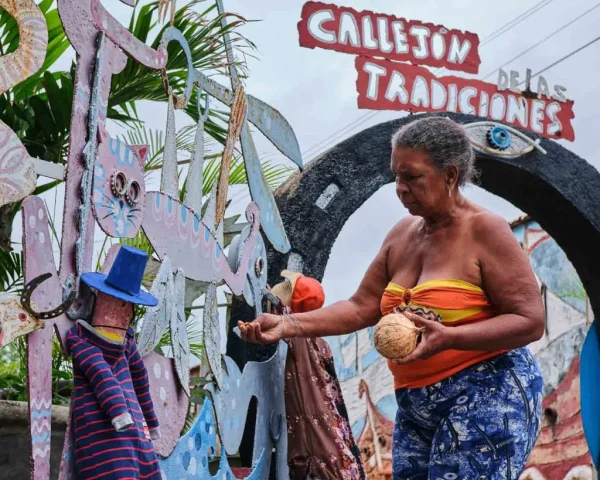
The clouds dance their gray dance, and the dolls seem to be made by hurried children who didn’t receive televised music education classes. They are made gracelessly, stuffed with dust and straw, or nylon and cardboard, and their supposed humanity, beyond those limp arms and legs, is evidenced by some absurd smiles that denote absolute ignorance of the fate that life holds for them —if you can call it life.
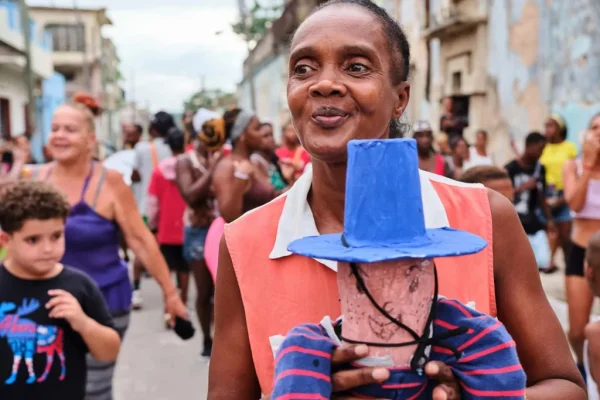
It is those smiles and that ignorance that fully equate the dolls with the residents of Matanzas present in the Alley of Traditions, worthy representatives of all Cubans. What differentiates us is that we have lived many years in the fire while the dolls will be devoured by it shortly, for our rejoicing or benefit, without pyromania or sadism in such an act. It is just a tradition we inherited in the 19th century from the Catalans who arrived in the city, so they say, and traditions give us a sense of belonging and identity and help us better understand our place in the world, they say.
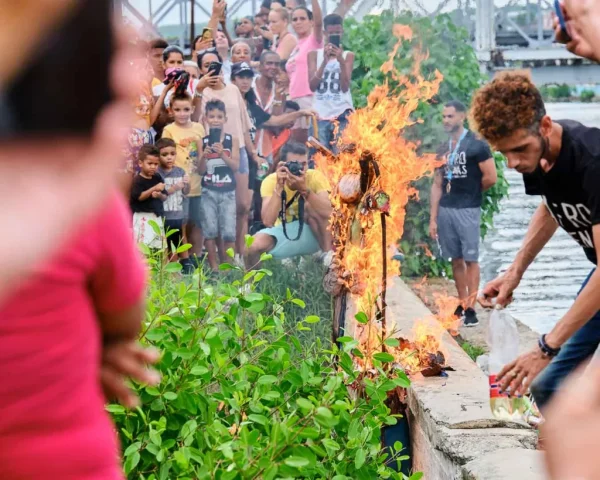
Perhaps to better understand what that place is, the coordinator of the cultural activity looks at the corn grains on the cobblestones where he plants his footprint, also sees the coconut water spilled like tears, and immediately raises his gaze to the crowd and speaks about the common aspiration for the bad days to go away, for the misfortunes to end, for the clouds or God and all the Saints to let blessings fall on this withered Island. That is what he said, with kind words or similar ones that were lost in the loud voice of the crowd, impatient for the drums to start playing.
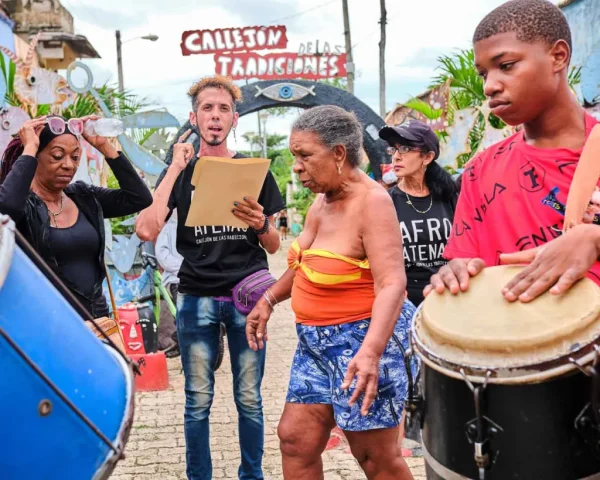
From the beginning, the drums were the real reason for the gathering of so many people: the conga, the much-needed and excessive enjoyment. When there is drum and trumpet music, the body cannot help but move freely to the rhythm of those ancestral beats, and the mind, for better or worse, forgets, stops thinking, becomes dancing matter. The pale puppet smile we often wear on our faces becomes something authentic, comes to life, becomes real and human.

Around here, the result of burning dolls on June 24 or December 31, walking around the block with a suitcase for the New Year to surprise you with a trip, or throwing a bucket of water out the door, does not compare to the joy and intense vibe experienced when the conga sounds because the drum is stronger.
The world is full of traditions. They differ by the number of people who share them, by the intensity of their roots, and by their content. There are family traditions, those shared by a neighborhood, a town, a country, or even wider regions. There are culinary, architectural, and sports traditions… Famous in Cuba are the Parrandas de Remedios, for example, and the extinct or very anemic Havana carnivals. The dynamics of traditions, like almost everything in life, are not static: some are forgotten, and others are born.
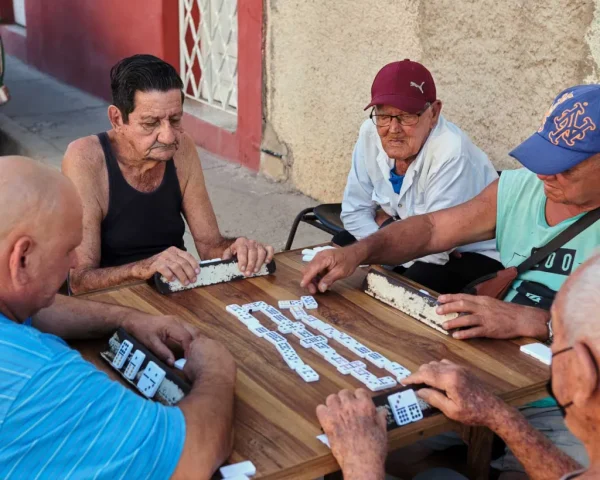
With the massification of television and the arrival of the internet, the traditional custom of sitting down to eat as a family has been diluted, while cockfights and betting on the Bolita could not be abolished, even though attempts were made. However, Halloween and the day of the Three Kings were eliminated for decades with the Revolution because they encouraged consumption in a country aspiring to communism or because they ideologically corrupted young people, or because of etcetera and blah blah blah together, but in recent years they seem to be flourishing.
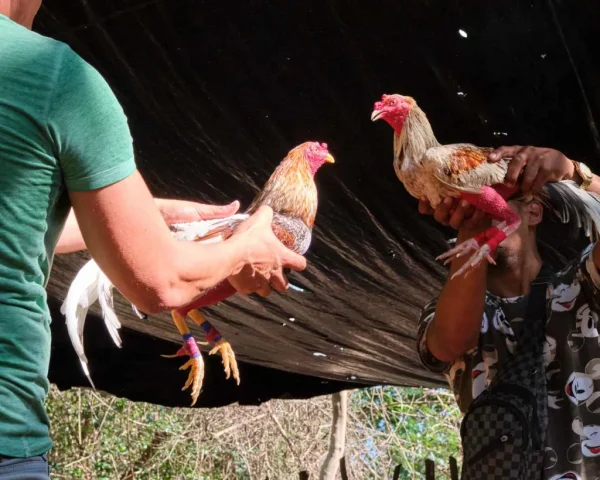
The tradition of going to the movies was lost, as was the tradition of adding pork rinds and chorizo to the red bean stew, and the habit of eating pork any day of the year is in danger of extinction. Earning a salary from your honest work that allows you to live a dignified life has disappeared. The good custom of opposing, publicly dissenting from government practices, has never ceased to be repressed. The ration book is an obsolete tradition, and let’s not even talk about the slogan “Pioneers for communism, we will be like Che.” Corruption, influence trafficking, and blaming everything on the blockade are cancerous traditions that should be excised once and for all.
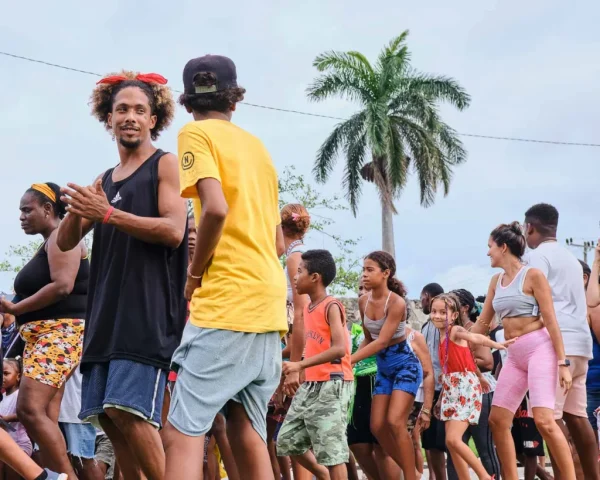
At the edge of the San Juan River, the crowd stops. In just over ten blocks, there has been laughter, beers, Cuban santería, eroticism, bravado, brotherhood, threats of fights. Voluptuousness. Escape. Enjoyment. All mixed. Now it’s time to burn the doll, pray for good things to happen, that magical thinking. But the only good thing for the neighborhood people has already ended: the sound of the drums. If the unions and small and medium-sized private businesses organized their own congas, one hour of music a day, the desired continuity would be guaranteed.
It is very valid to rescue traditions. Let’s make a list of those that stay and those we wish to forget. Please, with democracy.
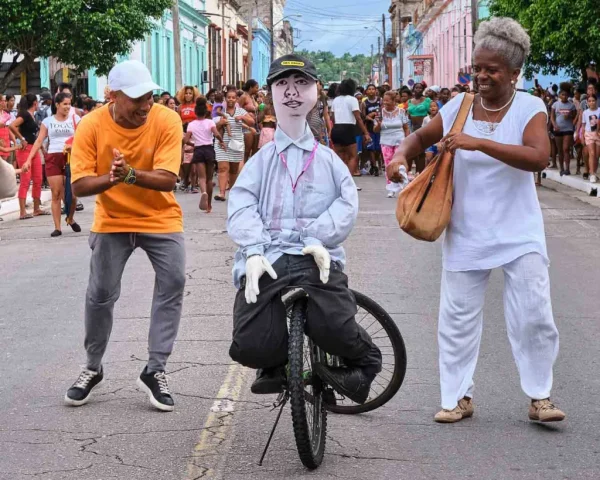
This feature was originally posted in Spanish by Joven Cuba and published for the first time in English by Havana Times.






THERE will Never be a nother Revolution in CUBA!!! The only chance will come though an INTERNATIONAL TRIBUNAL and ICC warrants of arrest